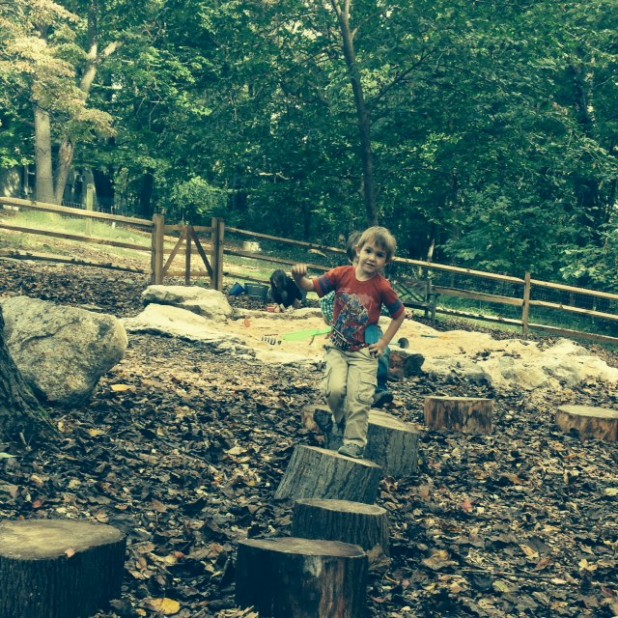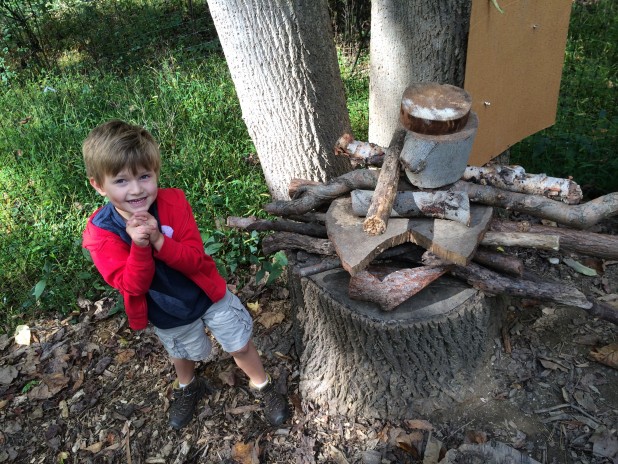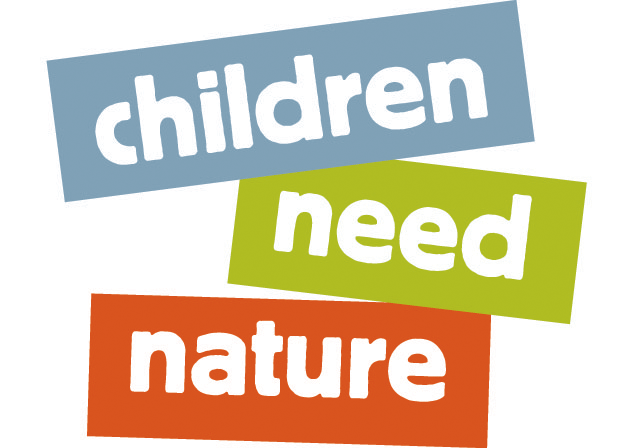By Gail Farmer, Director of Education
My son is in first grade and he is struggling. Struggling to sit still, struggling to be quiet, and struggling to give his teacher the long periods of undivided attention the schools are asking of our young children. His teacher has employed several positive strategies to try and help him meet the school district’s needs: he has a “wiggly seat” on his chair that helps him to stay in his seat, she has star charts for attending to the teacher, and most recently, a star chart to reward being “calm and quiet.” While I appreciate his teacher’s efforts to address her expectations of him in a positive way, I am dismayed that the school fails to understand their role in his struggles.
In a typical kindergarten or first grade classroom, the children are almost constantly attending – paying attention during morning meeting, to a book being read, to a worksheet to be completed, to the lesson being taught, to the reading and phonics activities, to the art projects. The ability to direct our attention to a chosen focal point (called “directed attention”) is an incredibly important neurological capacity. Directed attention is under voluntary control, which means that we can choose to focus our attention and resist our impulses when needed. These abilities allow us to be perceptive and observant, behave in socially appropriate ways, to be reflective before taking action (i.e. not acting out on every emotion), to sit still, pay attention, and concentrate. Directed attention is hugely important to learning and school success. Continue reading



